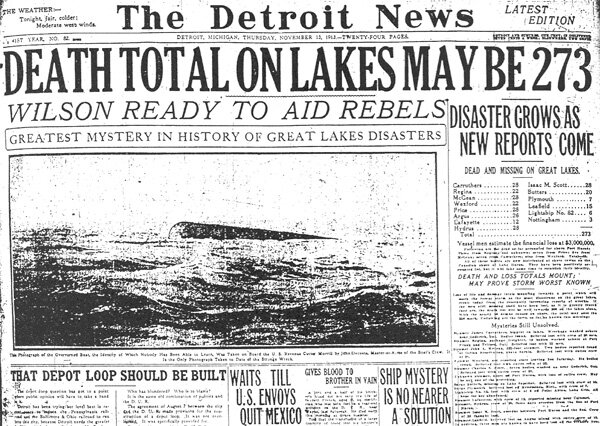
September 16, 2014
Social media in a disaster
by Carol Lundberg In the aftermath of recent severe storms, the two most popular questions in the Detroit area were: is your power back on? And what’s open? It’s a common occurrence in Michigan. Whether [...]
by Carol Lundberg
In the aftermath of recent severe storms, the two most popular questions in the Detroit area were: is your power back on? And what’s open?
It’s a common occurrence in Michigan. Whether it’s “Snowmageddon,” a massive ice storm that makes commuting treacherous, or a summer heat wave that wipes out electrical service, from time to time weather makes business-as-usual anything but … well … usual.
During the severe weather this month and the subsequent power outages, many businesses shut down for part or all of the weekend, and in some cases, into the following week.
But even without power, we all still had to go to work, and send our children to school. In some cases, we had to know if we could keep previously made plans for everything from haircuts to dinner reservations to banking and grocery shopping.
Some business owners impacted by power outages simply posted signs on their doors, stating that they were closed. Others had elaborate processes for calling customers, broadcasting on social media channels, and posting up-to-the-minute updates on their websites.
But most businesses (and local school districts and governments, for that matter) affected by the storm were somewhere in the middle, or closer to the “sign on the door” approach. And even among those who communicated by way of social media, some were simply better at it than others.
What does it take to effectively use social media to communicate with followers, customers and clients during natural disasters? A few tips:
- Start with a plan. If you’re anticipating a storm that has the potential to knock out power or cause other problems, discuss with your staff how you’re going to handle social media. What kinds of questions will your customers have? Who will be in charge of making the announcements and responding to questions from curious or even angry and inconvenienced clients?
- There are no excuses. You may not have power, but someone, somewhere in your company does. There is no reason to not use social media or communicate with customers and followers who are seeking information.
- Use all your channels. Be sure that your message is incorporated across your social media channels, on your website and in your marketing emails. If there are clients and customers who have appointments with you, and those appointments cannot be kept due to the disaster, be proactive and call to cancel or reschedule.
- Look for new opportunities that others may miss. If your business is not impacted even though many others are, be sure to communicate that too. Customers will be looking for places that are open for business. You may also consider monitoring social media to find people who are in need of service. For example, a quick search on the hashtag #poweroutage or #snowmageddon may lead you to customers who need goods and services.
- Be responsive. Monitor your social media accounts and do your best to respond as much as possible. Engage and interact with people posting on your accounts and pages.
- People turn to social media first. Marx Layne learned one summer during the popular Arts, Beats & Eats festival just how powerful social media can be when the weather turns suddenly nasty. There were thunderstorms and tornado warnings. We quickly took to social media. Because we are connected to so many news media professionals, we were able to share information instantly about where festival-goers could take shelter, and when the event would re-open. Despite the festival shutting down for a few hours in the afternoon, the headline musical act that night attracted a huge crowd because they learned through social media that the show would go on.
- Be sympathetic. No matter how diligent you are, there will be people who feel inconvenienced and possibly angry. Don’t ignore them, and don’t delete their comments. Respond in a sympathetic and helpful manner. Let them know that you understand how frustrating it is to not be able to carry on as usual, and give the best and most accurate answers about when business will resume, and how to manage in the meantime.
- Debrief. After the emergency has passed, and business has returned to normal, gather the team of people who handled social media and communication during the crisis. Honestly evaluate what was effective, and what was not effective, and what should be part of the plan during the next natural disaster or power outage. Be thorough and put the plan in writing.
One important thing to remember is that during a natural disaster, people are increasingly turning to social media to get the most up-to-the minute information. The better you are at using it, the more informed your customers and clients will be.
Share This Story, Choose Your Platform!
Marx Layne is your competitive advantage.
Your reputation and success are our only concerns.
